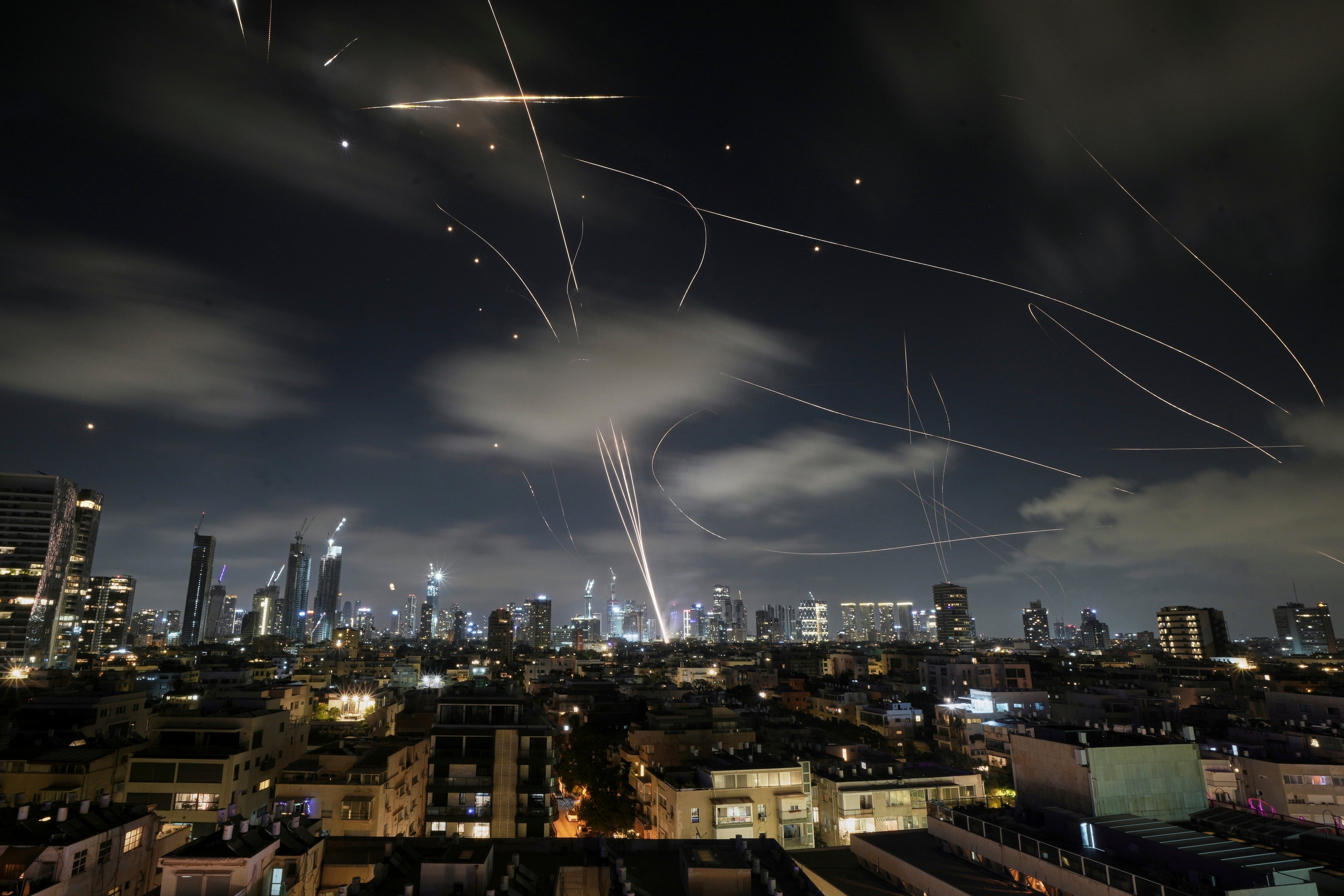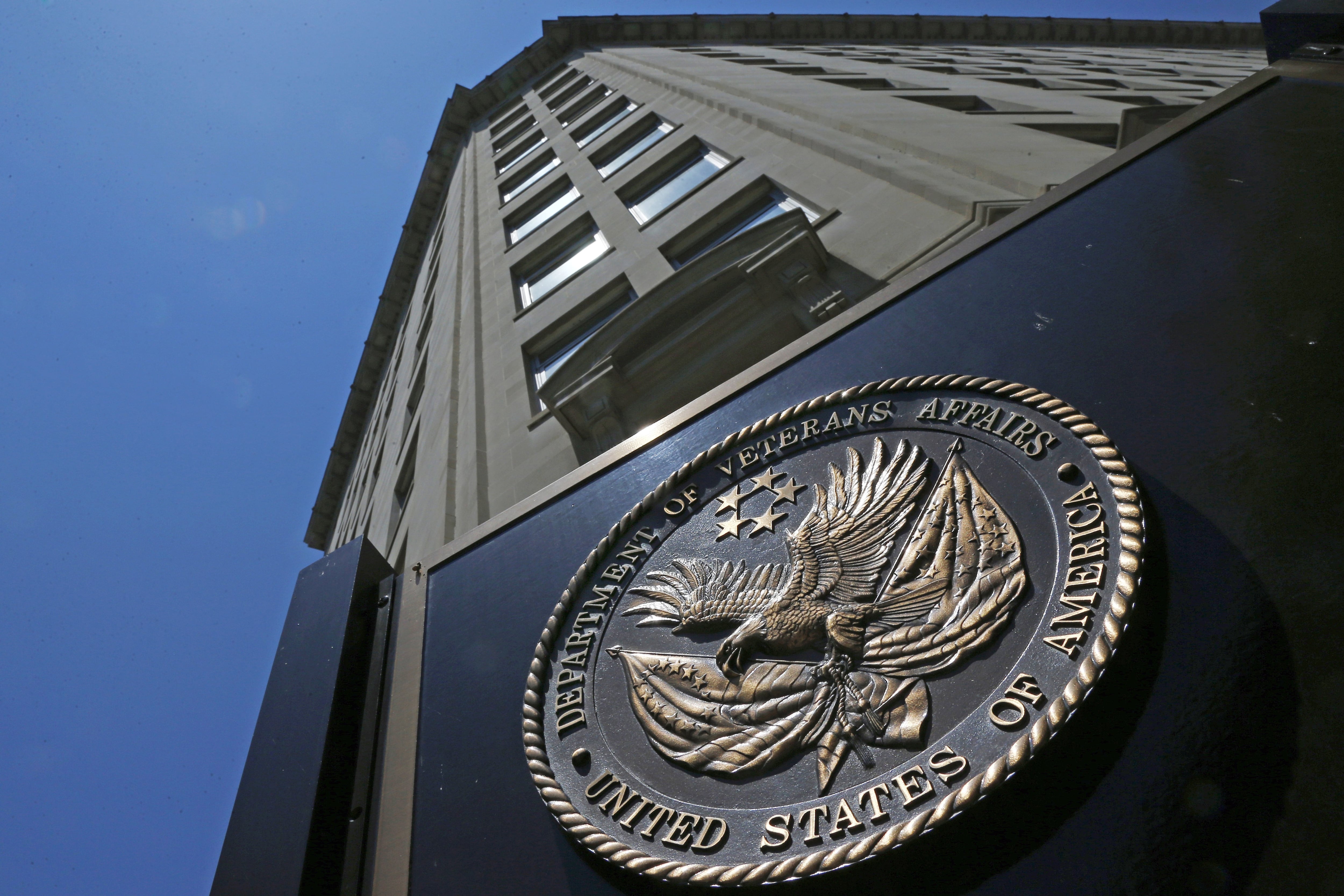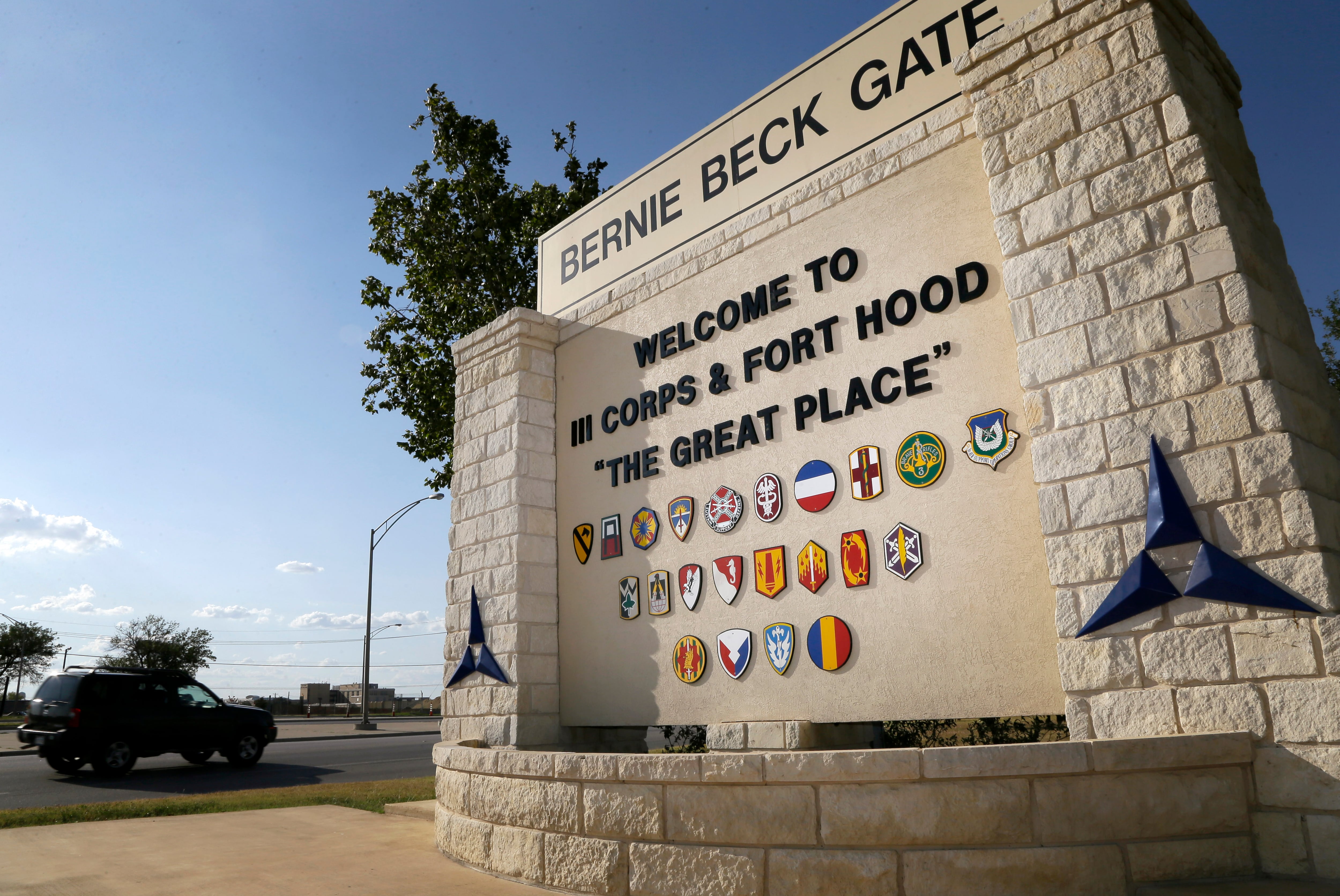source GAIA package: Sx_MilitaryTimes_M6201110105250301_5675.zip Origin key: Sx_MilitaryTimes_M6201110105250301 imported at Fri Jan 8 18:18:04 2016
MARINE CORPS BASE QUANTICO, Va. — Marine Corps leaders are preparing to launch tournament-style mixed martial arts competitions within a year.
Though yet to be finalized, the Corps' amateur MMA fights will closely resemble those developed as part of the Modern Army Combatives Program, Sgt. Maj. Carlton Kent, the top enlisted Marine, told Marine Corps Times on May 18. Marines will participate in bouts starting at the small-unit level — squads, platoons and companies — with the best fighters advancing to commandwide and ultimately Corps-wide tourneys.
"This makes sense because you can tie it into everything that we do as Marines," Kent said, noting that Marines have been hot to see the Corps create a program like the Army's for several years. "A lot of kids come into the Marine Corps today and have never been in a fight, honestly. When you get punched a couple of times, that builds confidence — it really does. It gives you a lot of confidence to succeed in combat and other things."
Marines won't be required to fight competitively, said Sgt. Maj. Howard Long, the top enlisted Marine at Training and Education Command in Quantico, Va., whom Kent tapped to study how the Corps could incorporate competition into its martial arts program. And for those who do, safety will be paramount.
To that end, officials have shown strong interest in the Army's three-tier approach. Here's how it works:
• Basic fights are limited to grappling only, and do not include any head or body shots.
• Intermediate fights include body shots and open-hand slaps to the head.
• Advanced fights are nearly unrestricted, with rules similar to those in any professional MMA bout.
"It weeds out the weaker fighters," said Sgt. 1st Class Jason Martin, master trainer for the U.S. Army Combatives School, who in early May hosted Long at Fort Benning, Ga., and provided him with a detailed look at how the competitions work. "If you can't get past standard rules, you definitely don't need to be doing intermediate or advanced."
In the Army, soldiers fight in one of eight weight classes spanning bantamweight to heavyweight. They wear utilities and limited safety gear, which includes open-fingered gloves and shin guards. Bouts typically take place on a mat, but sometimes in a boxing ring.
Certified referees will supervise Marines' fights, Long said. They'll likely be rated one level higher than the competitors they oversee. So an intermediate would ref a fight between two novices, while an advanced fighter would officiate for two intermediates. The most advanced levels would be officiated by an equally advanced fighter, potentially with more experience.
The Corps' plan would allow women and men to fight one another, as they do in the Army, Long said. But for those bouts, there's likely to be some flexibility with weight classifications to ensure fighters are matched evenly. The current standards at Army tournaments allow women to outweigh their male counterparts by up to 12 percent.
And while it's not an immediate focus, there could come a time when Marines will be clear for inter-service competition, Kent said. In fact, the Marine Corps and Army are preparing for a months-long martial arts instructor exchange. Beginning as early as June, Marines will embed with soldiers at Fort Benning. Soldiers will later head north to Quantico's Martial Arts Center of Excellence.
The plan calls for members of each service to be certified in the other's program so they can identify areas in which one service trains better and bring the new tactics home. No specific aspects of the Army's program have yet been identified as useful to the Marine Corps, but Long said there is always room for improvement. Something that caught his eye during his tour of Fort Benning: soldiers being trained to yank an uncooperative driver out of a car with a locked door — a potentially useful exercise, he said, for training Marines to man vehicle checkpoints.
What's the value? In the past, naysayers have argued that the Marine Corps trains for combat — not sport. Competitive fights, it's been suggested, would be a distraction.
But supporters say the Army, which has conducted their all-Army combatives tournament since 2005, has proven that sport forges better warriors.
One expert likens it to a positive form of peer pressure. Matt Larsen, a former Marine and Army Ranger, helped establish the U.S. Army Combatives School about 10 years ago. Competition, he said, can "drive your level of training much higher."
In each unit, everybody knows who the best runner or shooter is because their performance is seen by their peers, said Larsen, who is consulting with the Corps as Marine officials look to establish a tournament program. No Marine wants to be the first one to drop out of a run, or earn the lowest score on the range, he added. That means they strive to be better than the guy next to them. The result, he said, is simple: better Marines.
"This is a positive step for the Marine Corps," Larsen said. "In my opinion, they should have done it long ago."
Up until the 1990s, Long noted, command-sanctioned boxing matches called "smokers" were commonplace throughout the Marine Corps and Navy. Your unit's best fighter would slug it out in a ring with the top dog from another. Those events were a great way to built camaraderie and unit cohesion, he said.
He sees a similar opportunity with these amateur MMA fights, and Long agreed with Larsen that competition can push troops to improve their skills. "It's one thing to say 'I'm pretty good at martial arts or fighting,' but it's another thing to get out there and have to prove it," he said. "These guys are out there proving it. What a great thing to be able to do."
Long, Martin said, seemed very receptive during his trip to Fort Benning, which included a sit-down brief of the overall combatives program, a rundown of how the Army runs its tournaments and a tour of the Army's combatives school. He appeared to embrace the Army's philosophy that "competition drives training, training drives the warrior ethos and makes soldiers and Marines have the courage to fight."
Bottom line, Larsen said, what Marines and soldiers train for is far more serious than sport, but sport can hone critical combat skills.
"Nobody is going to bite anybody's nose off or gouge anybody's eyes out or have a pistol or knife on them," in the ring, Larsen said. "I have a student who has one ear because he tackled a guy in Iraq and the bad guy bit his ear off. What we are training for is quite a bit more serious than the game of mixed martial arts."
But is it safe?
Opponents also have argued that injuries sustained while fighting could adversely affect combat readiness. But Martin, the master trainer at Fort Benning, said the three-tiered combatives system ensures that only the most experienced fighters are allowed to fight all-out — and even then, he said, most injuries are rarely more serious than cuts, bruises and an occasional broken nose. Long is satisfied with the level of safety he observed, he said.
"What I've been finding is that you don't get very many more bumps and bruises than you would get otherwise conducting MCMAP or combatives training," he said.
Competition could ultimately improve safety, Martin said. Marines already square off against each other on their own initiative. Some like to fight while off-duty, either off-base or unofficially within their units. With more structure and oversight, safety can be assured, he said.
During a visit to New Jersey in late April, Long met with retired Master Gunnery Sgt. Cardo Urso, who helped the Marine Corps launch MCMAP in 2000 and now runs his own gym.
Urso took Long to a civilian competition in Fairfield, NJ., about 25 miles west of New York City. Long described the event as professional, well-managed and safe — a family atmosphere where doctors were present to check out fighters, whom he described as "clean cut," both before and immediately after each bout.
"That's a level of professionalism that can only be paralleled by our military," Long said. "So I looked at that and said if those had been military doctors and our Marines in the ring, this would have been a great event."
Long is nearly finished with his fact-finding mission. He was scheduled to visit Fort Benning once more at the end of May to observe its basewide combatives tournament — everything from the fighters' initial weigh-ins to the bouts themselves. The winners at the base tournament will have a shot in the all-Army tournament held this July at Fort Hood, Texas.
After that, he will meet with Semper Fit, the organization that oversees Marine Corps athletics, to devise a naming convention for the MMA program and hammer down the specifics on what Marine fights might look like. He'll then deliver his observations and recommendations to senior Marine leadership, starting at TECOM and ending at the Pentagon.
For Kent, who's scheduled to retire June 9, ushering in MMA fights may be one of his final acts. The initiative has his full support, he said, stressing that the final say rests with the top Marine officer, Gen. Jim Amos.
"It could be a few months down the road based on the process we need to go through," he said. "We've just got to make sure everything is in place, and that's going to be the commandant's call." h





